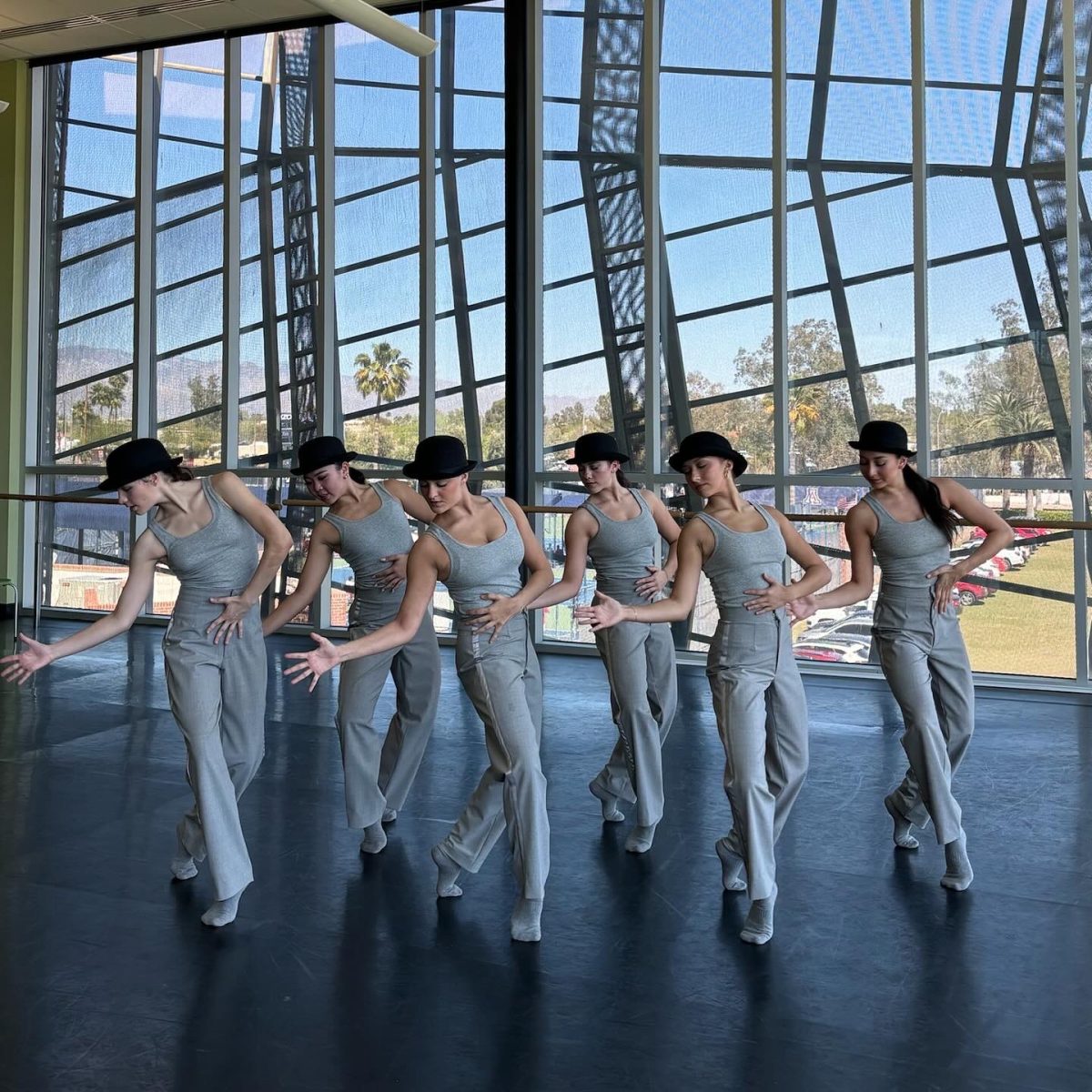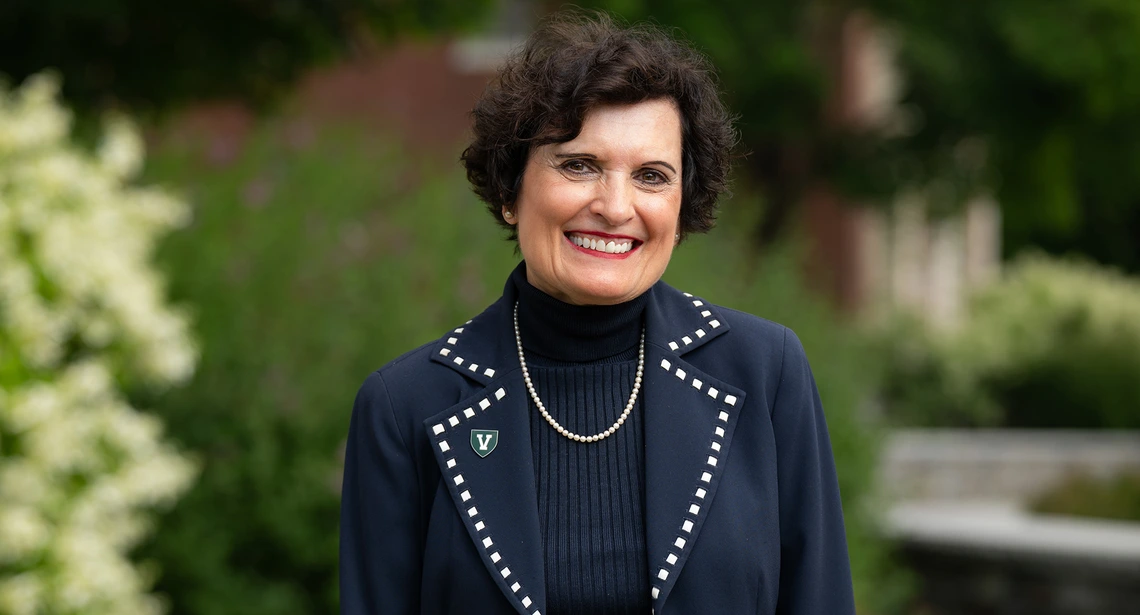The University of Arizona’s College of Veterinary Medicine, established in 2020, had the third-highest number of applications among U.S. veterinary schools this academic year, making it a significant player in the field just four years after opening its doors.
On Aug. 22, the college graduated its second class, marking a key milestone in the program’s rapid growth. The Arizona College of Veterinary Medicine is the first and only public veterinary school in the state. It has managed to garner national attention for its innovative, accelerated curriculum. This year, the program ranked just behind Colorado State University and Ohio State University in terms of application numbers, receiving 2,646 applications — a testament to its growing appeal. However, the college only accepts 115 students per class, making competition for a spot fierce.
In a departure from the traditional four-year model used by most veterinary schools, the University of Arizona has designed a three-year program. This allows students to enter the veterinary workforce a year earlier. Additionally, the school offers students hands-on training with live animals from the beginning of their education — something typically reserved for later years at other institutions. This early immersion into practical experience is a defining feature of the program, which Assistant Dean of Finance and Administration Kina Barton believes provides a significant edge.
The program’s structure has drawn praise from students.
“The three-year program was one of the main reasons I chose the college. Being able to shave off a year of college and tuition was very appealing,” second-year student Noah Gershoni, a first-generation college student from Los Angeles said.
Other students echoed his sentiments, praising the program’s practical approach. First-year student Khali A. Robinson highlighted the benefits of early exposure to real-world veterinary tasks.
“The hands-on experiences, especially working with live animals, have been invaluable,” Robinson said. “I feel prepared to handle clinical situations earlier than I might have in a traditional four-year program.”

Student listening to the inner workings of a cow.
Student Aly Nicole Houle also emphasized the advantages of the condensed timeline.
“I do feel like I am ahead of the game being in a three-year program,” Houle said. “Things are fast-paced, but the professors are committed to our success, which has allowed me to thrive in this accelerated environment.”
The college is focused on gaining full accreditation – expected next year – which will further solidify its standing as a leader in veterinary education.

U of A students get hands-on experience with large farm animals.
“We’re not particularly concerned about questions regarding the durability of our program,” said Mindy Burnett, the college’s marketing manager. “This year, we received the third-highest number of applications nationally [2,646] among all veterinary schools, underscoring our appeal.”
The need for qualified veterinarians continues to rise in the United States. According to the U.S. Bureau of Labor Statistics, employment of veterinarians is projected to grow 19% through 2033, significantly faster than the average for all occupations. The bureau estimates approximately 4,300 job openings annually, driven by increased pet ownership and a growing focus on animal health.
The UA College of Veterinary Medicine has 329 students and 219 graduates. As the demand for veterinarians continues to grow, students say the college is not only meeting their needs but also reshaping the future of veterinary training nationwide.
Arizona Sonoran News is a news service of the University of Arizona School of Journalism




















